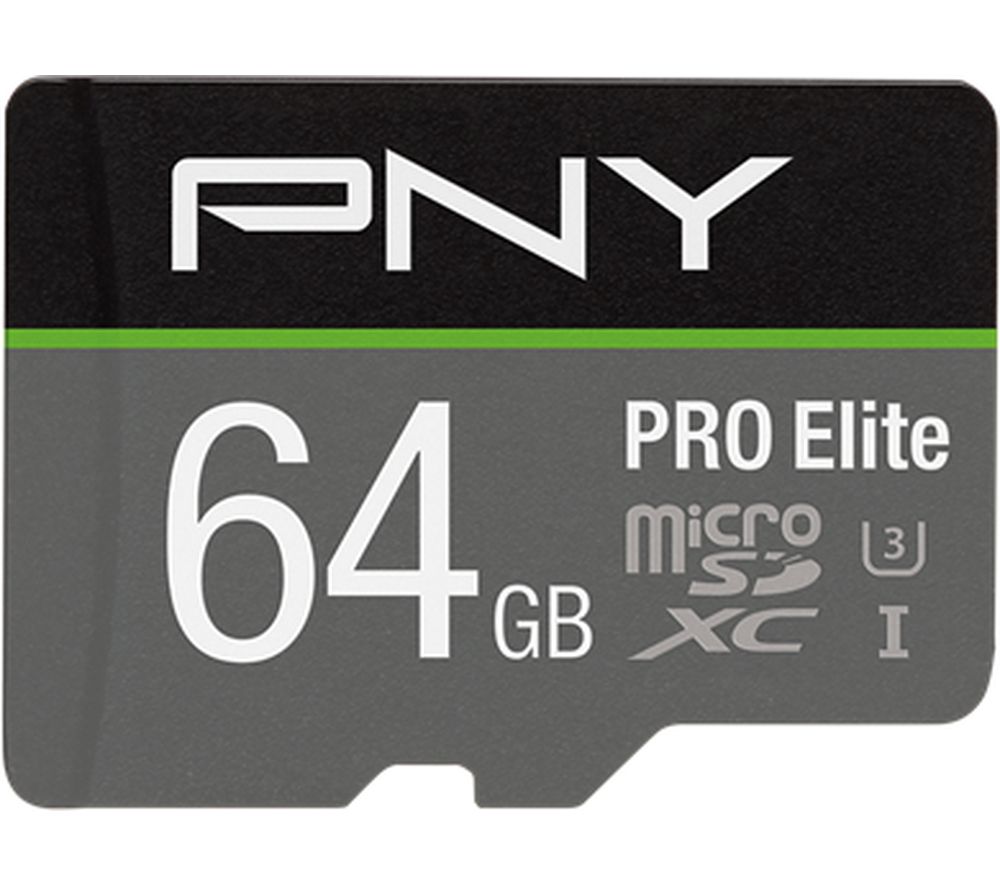

With this in mind, the comparison for Chia performance probably comes down to the endurance of the drives. The Optane storage is fast and (like this PNY drive) doesn’t see a performance degradation when the “cache” is filled. So a great plotting system today probably uses 128GB RAM, and 250GB of Intel Optane storage as the scratch disk. We only need maybe 200GB of SSD space, tied with 128GB RAM rather than “the old days” where we were plotting lots of plots in parallel and used a lot of SSD space (maybe a few TB of SSD space). This also means we need less SSD space in total. Using tools like MadMax, farmers are using all the CPU threads to create one plot very quickly, instead of creating lots of plots in parallel. Since XCH is first came out, a lot of changes have taken place and plotting is now possible using a RAM disk for most of the writes, instead of burning through lots of SSD endurance. There’s a few extra things that would be great to discuss though.Īnyone deciding whether to use this for Chia plotting today would probably be comparing to using Intel Optane storage. While most NVMe SSDs are solid options that deliver plenty of performance for those who are building a new gaming rig or workstation, the LX3030 is best for hardcore Chia plotters.
#Pny memory master review pro#
For that 20 petabytes of standard endurance, or up to 54 petabytes of plotting endurance, the LX3030 is going to set you back over a thousand dollars, or roughly $800 more than Samsung’s 980 Pro or a Corsair MP600 Pro XT at the same 2TB capacity.īut for those looking to use it as the high-endurance item it was built to be, and willing to fork over a lot of cash, there aren’t many better options other than true enterprise-grade SSDs. In terms of price per gigabyte, the LX3030 is one of the least appealing SSDs on paper. Our 2TB LX3030 is the top-tier plotting SSD from the company, and unlike the 1TB model, PNY backs it with a respectable five-year warranty, not just massive endurance with a measly two-year warranty. It also wasn’t as efficient under load as some of the competitors, but most can’t match the LX3030's massive sustained performance. Without any airflow or a heatsink attached, you will experience throttled performance fairly quickly once you start to hammer it with heavy workloads. The LX3030 did get a little toasty during testing, though, and we recommend you mind its cooling. While terrific sustained write performance isn’t something your average consumer may need, it is a huge pro for those diehard storage enthusiasts and data hoarders who often shuffle around hundreds of gigabytes of data at a time. Due to this, it appeals not only to those wanting robust plotting performance but also to those who have heavy write-oriented and mixed workloads.
#Pny memory master review full#
Given its flash operates in SLC mode, the LX3030 can write at full speed until it is full, unlike the majority of SSDs available. In today’s testing, the LX3030’s read performance wasn’t quite as responsive as its competition in some workloads, but overall, PNY’s LX3030 is a solid NVMe SSD thanks to its unique design. Optimized for the grueling task of chia plotting, PNY’s 2TB LX3030 is an ideal SSD if you're looking to plot out hundreds to thousands of plots as fast as possible. Bear in mind that results will vary based on the workload and ambient air temperature. data and an IR thermometer to see when (or if) thermal throttling kicks in and how it impacts performance. We also monitor the drive’s temperature via the S.M.A.R.T. A drive might consume more power during any given workload, but accomplishing a task faster allows the drive to drop into an idle state more quickly, ultimately saving energy. Average workload power consumption and max consumption are two other aspects of power consumption, but performance-per-watt is more important.

Some SSDs can consume watts of power at idle while better-suited ones sip just milliwatts.
#Pny memory master review upgrade#
Idle power consumption is an important aspect to consider, especially if you're looking for a laptop upgrade as even the best ultrabooks can have mediocre storage. We use the Quarch HD Programmable Power Module to gain a deeper understanding of power characteristics. Given just a moment of idle time, write speeds return to full steam once again. Write speeds only degrade a little once the SSD fills, falling from roughly 3,030 MBps to 2,920 MBps beyond that. While your typical SSD comes with an SLC cache and then degrades drastically once the cache is full, the LX3030 delivers enterprise-like sustained write performance that stays consistent until the drive is completely full.

PNY’s LX3030 delivers massive write performance for a PCIe 3.0 SSD, filling up within just 11 minutes.


 0 kommentar(er)
0 kommentar(er)
